A calming January marmalade-making session is a good antidote to the mayhem of Christmas and New Year. Put the radio on, get peeling, slicing and simmering, and fill your house with the distinctive bittersweet aroma.
Seville oranges come from the Spanish city of the same name, and are famed for their gnarly, knobbly, thick-skinned fruit, an incredible aroma and unusually high pectin content that make them perfect for marmalade.
Make your own Seville orange marmalade
This is Riverford’s own much-loved recipe. You could substitute in a few glorious blood oranges to get a rich, caramel-coloured preserve, or use incredibly perfumed bergamot lemons to really crank up the aromatics.
You can also make marmalade in a slow cooker to save energy in a new recipe tested by Riverford cooks.
Tips:
• Make sure the pan is big enough – if it’s too full, it will boil over, and all that sugar will be a nightmare to clean off your cooker
• When you are dissolving the sugar, don’t heat it too vigorously as it will catch on the bottom and you will end up with burnt marmalade
• Don’t boil it too for long; if you go past the setting point you will end up with jars of concrete
• Skim off any scum before potting up to get a clearer set
• Let the marmalade stand for 15 mins before jarring – this will stop the fruit from settling at the bottom of the jar
Makes 6 jars, prep 30 mins, cook 3 hrs
1.5kg Seville oranges
2 lemons
2.5 litres cold water
approx. 2kg granulated sugar
a large pan
muslin
string
sterilised jars
screw top lids or wax discs
cellophane covers
elastic bands
1. With a sharp knife, peel the skin from the oranges and lemons, leaving as much white pith on the fruit as possible. Chop the peel into 3mm strips and put in a large pan.
2. Line a large bowl with a piece of muslin, leaving plenty to overhang the sides of the bowl. Cut the oranges and lemons in half. With your hands, squeeze the juice from the fruit over the bowl, dropping the leftover squeezed fruit (pith, pips and flesh) into the muslin.
3. Lift the muslin out of the bowl, gather the sides and squeeze any remaining juice into the bowl. Tie the muslin together with string to keep the fruit in and form a bag.
4. Place the muslin bag in the saucepan with the peel. Add the squeezed fruit juice and 2.5 litres cold water to the pan.
5. Heat until boiling, then reduce the heat and simmer uncovered for 2 hours, until the peel is tender. Put a few saucers in the fridge to chill. You can simmer and soften the fruit (step 2) in a slow cooker if you prefer. If so, cook on high for about 6 hours, or on low overnight so the peel is completely softened. You’ll only need to add 1.8 litres as the slow cooker will prevent evaporation.
6. Remove the muslin bag and squeeze all the sticky juice from the bag into the pan. An easy way to do this is to put the bag in a colander and use a spoon to press it out.
7. Measure the contents of the pan in a jug (include the shreds and liquid). Return to the pan and add 450g sugar for every 500ml liquid.
8. Gently heat for 15 minutes, until the sugar crystals have dissolved. Increase the heat and boil rapidly for 15 minutes.
9. If you have a sugar thermometer, the setting point for marmalade is 105°C. To check the set without one, put 1 tsp on a cold saucer and push it with the back of a spoon. If it wrinkles, you have reached setting point. If it doesn’t, keep boiling and re-test every 5 mins. Turn off the heat as soon as you reach setting point.
10. Skim any scum from the surface. Leave the mixture to stand for 15 minutes. Stir gently, then carefully spoon into warmed sterilised jars (use a jam funnel if you have one). If using screw top lids, put the lids on while the marmalade is still hot and turn upside down for 5 minutes to sterilise the lids (or boil the lids for a few minutes and leave to dry before use). If using cellophane, put a wax disc on the marmalade while warm, then seal with cellophane and an elastic band.

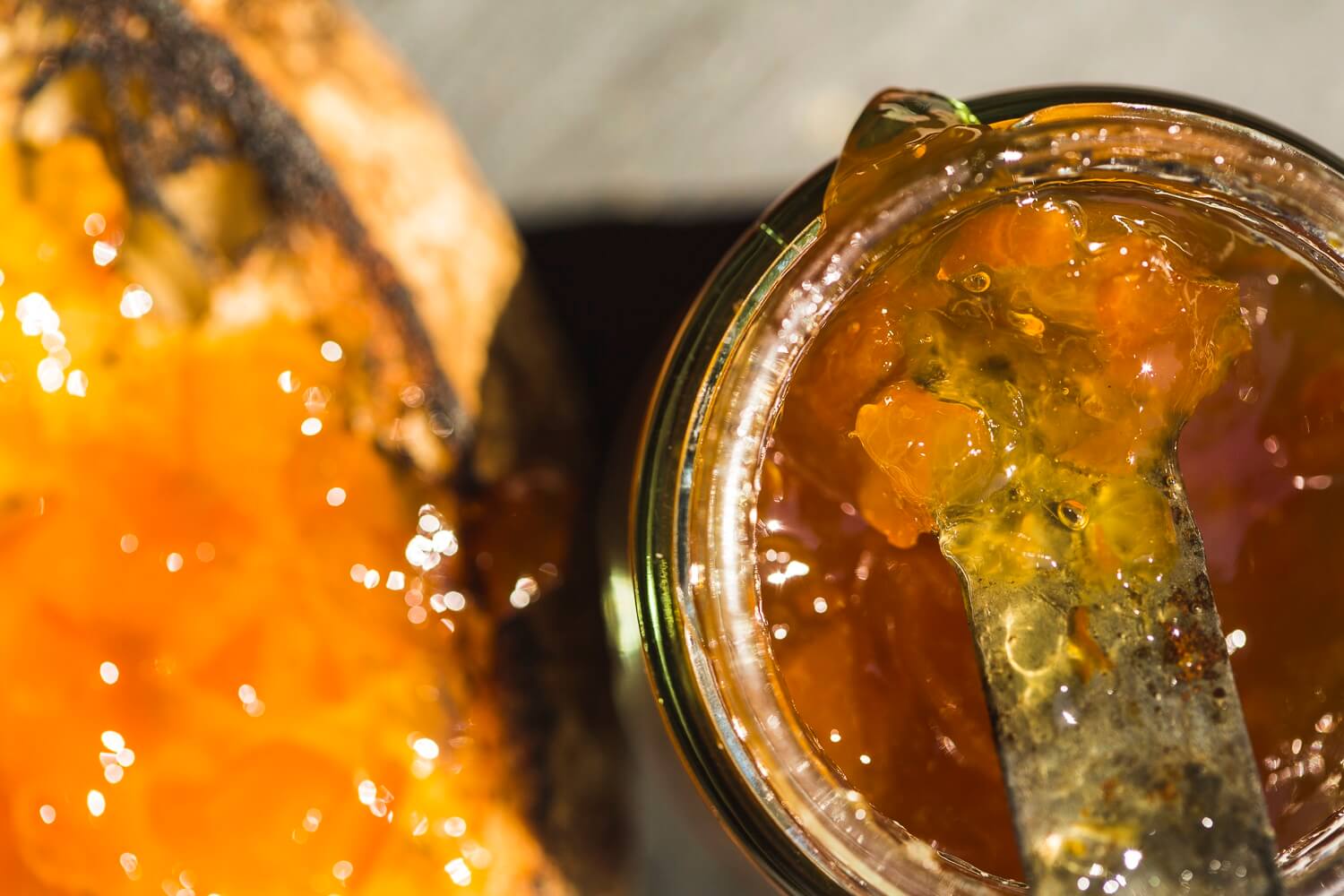
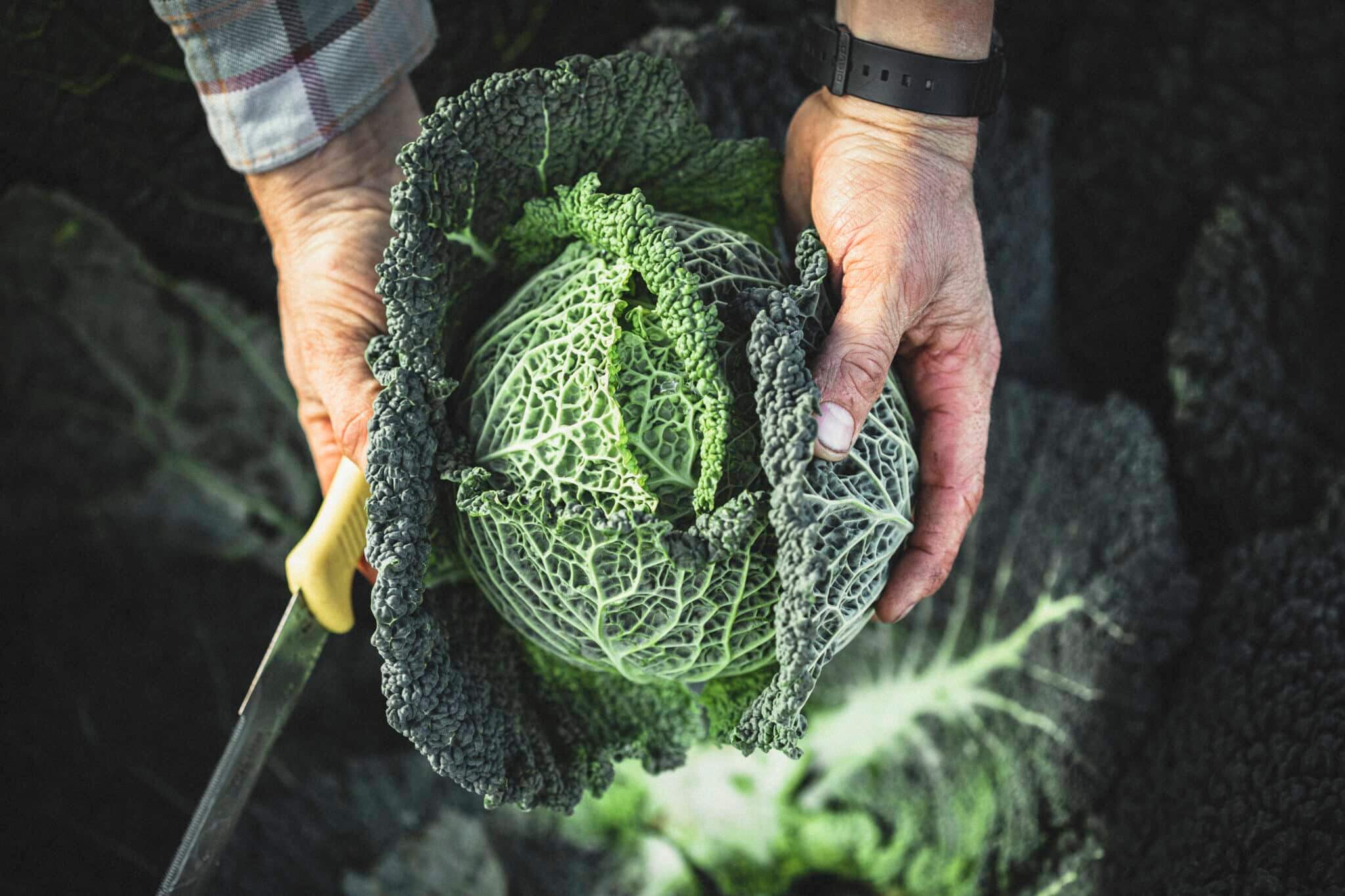

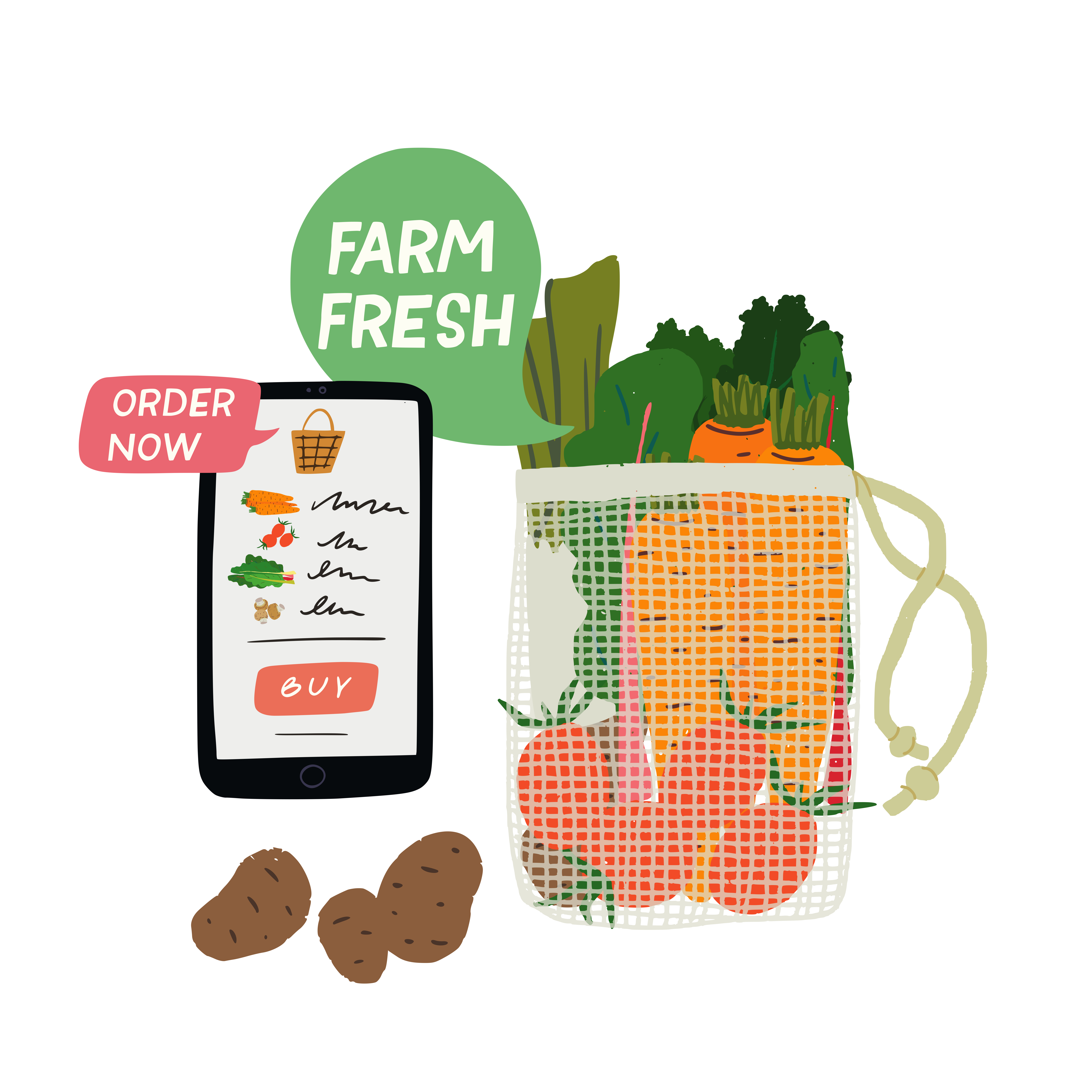

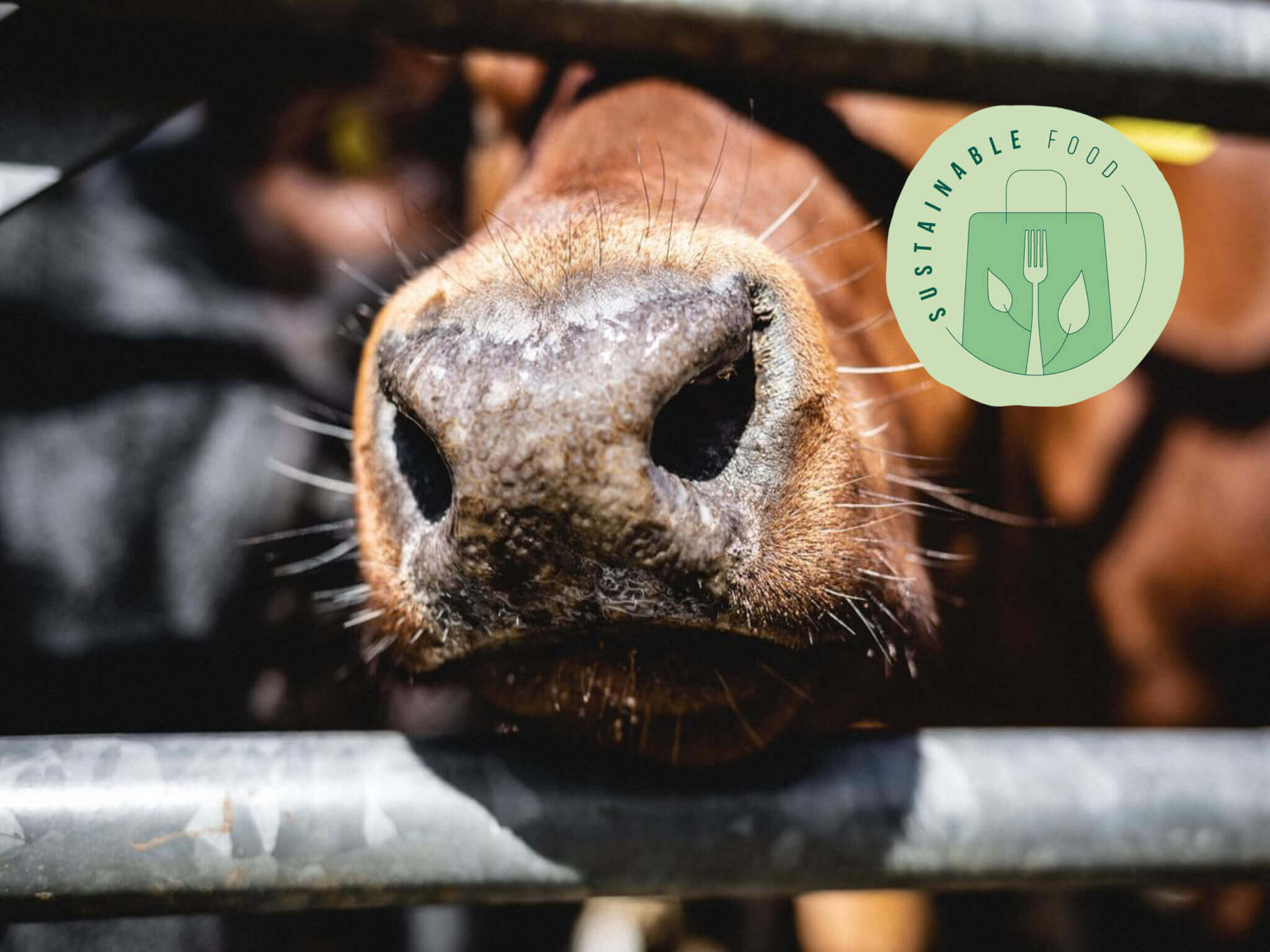

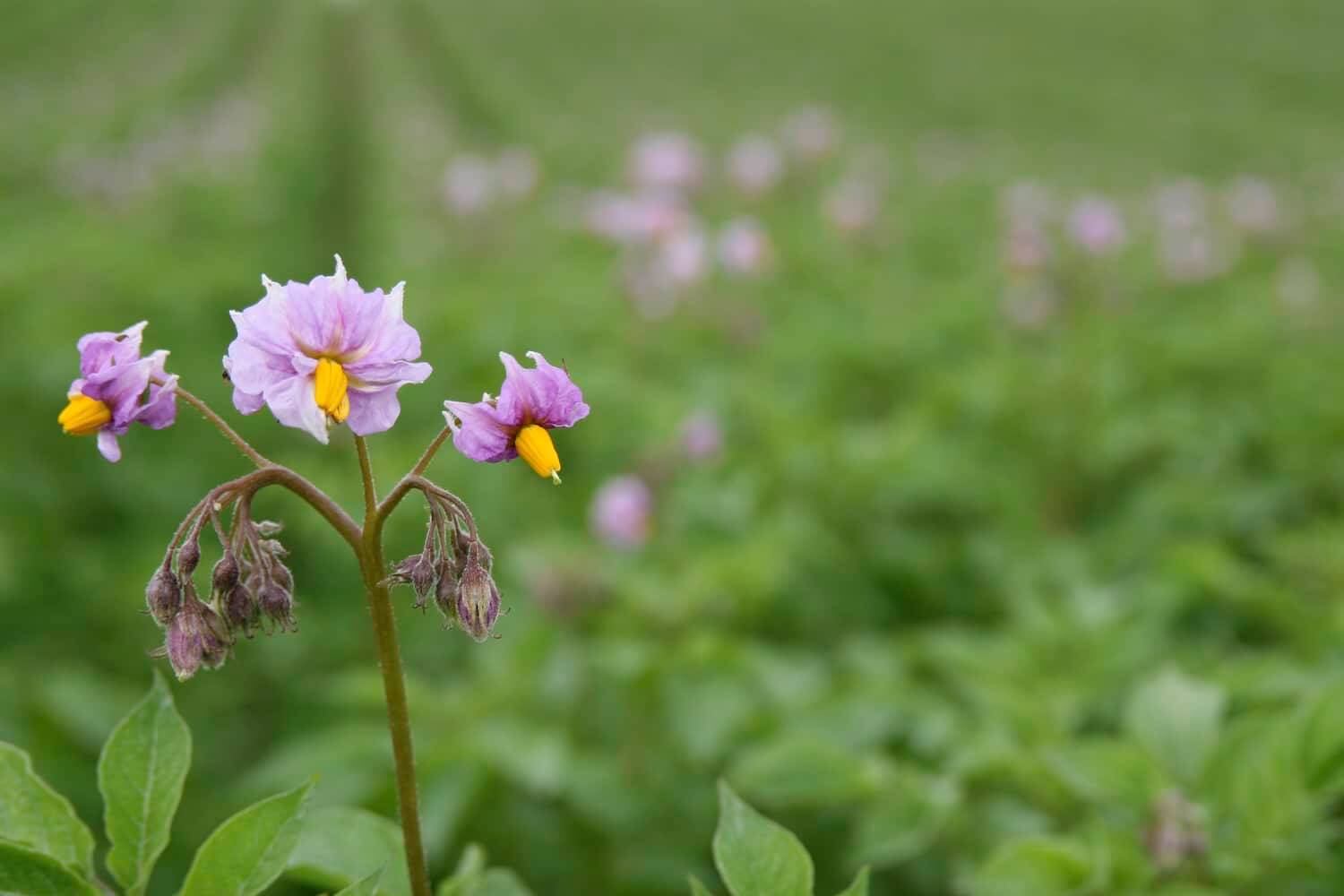




I spent a very happy afternoon making this marmalade yesterday. It didn’t set, though, no matter how long I boiled it for. It tastes delicious, but it ain’t marmalade!
Hi KathA, for some great marmalade making troubleshooting, if you are a Riverford customer do join their customer Facebook group the Hive. A wealth of knowledge shared amongst all the keen marmalade makers! If not, expert ‘Pam the Jam’ Corbin (who has taught classes at the Riverford Field Kitchen) has online resources plus also has written several highly recommended books about preserving https://www.pamthejam.co.uk/
Same here. I have 10 jars of syrup now. I think there is too much water. It says it should be 1.7 litres of liquid after you put 2.5 l cold water plus juice and skin, it’s impossible so I think 1.5 litres of cold water instead of 2.5 litres would be better. But the taste is delicious.
Grapefruits are a wonderful alternative to oranges, and if you don’t have any muslin, put the pith etc in a separate pan with 1 pint of the water, bring to the boil and simmer till thick and mushy the push through a sieve to release all the pectin which you then add to the marmalade- has worked a treat for me.
A tip to reduce cooking time is to leave it all to soak for 24 -48 hrs.